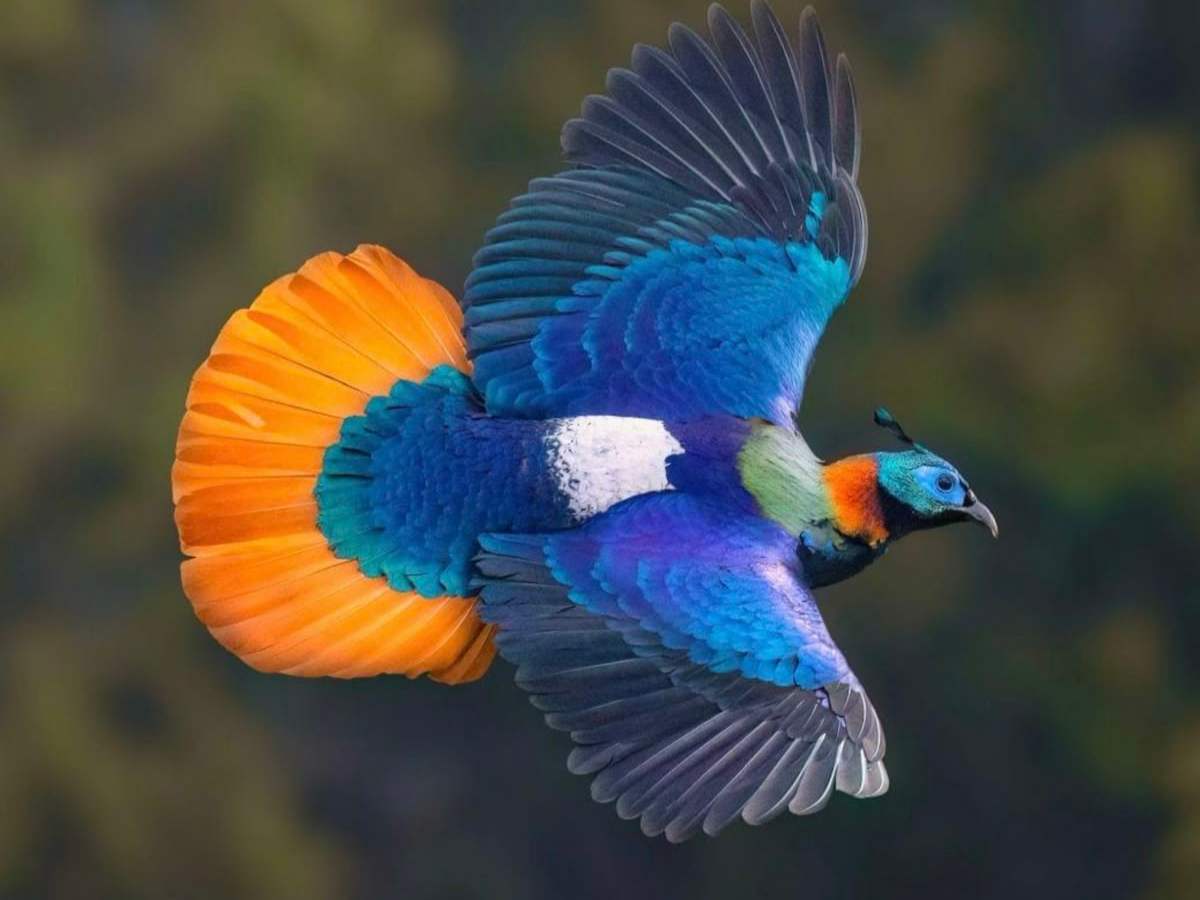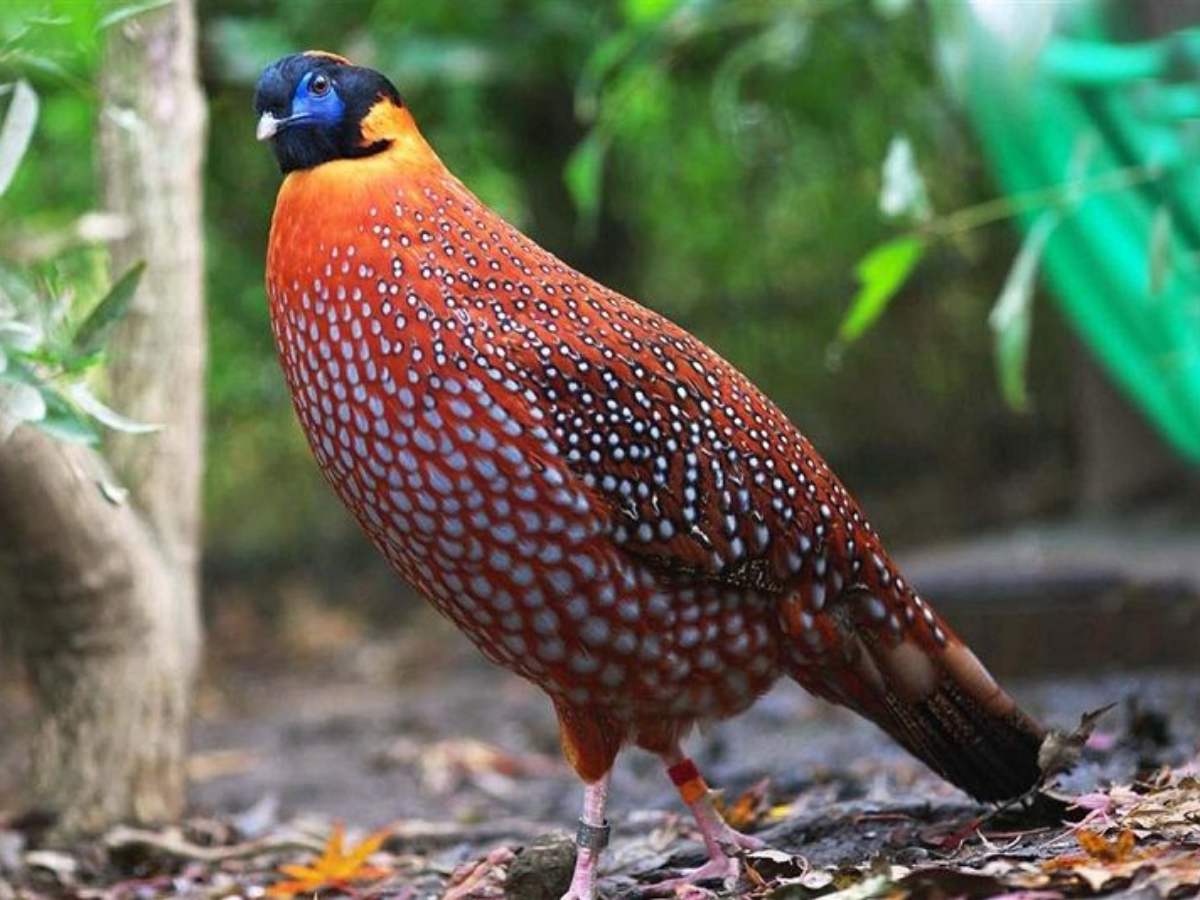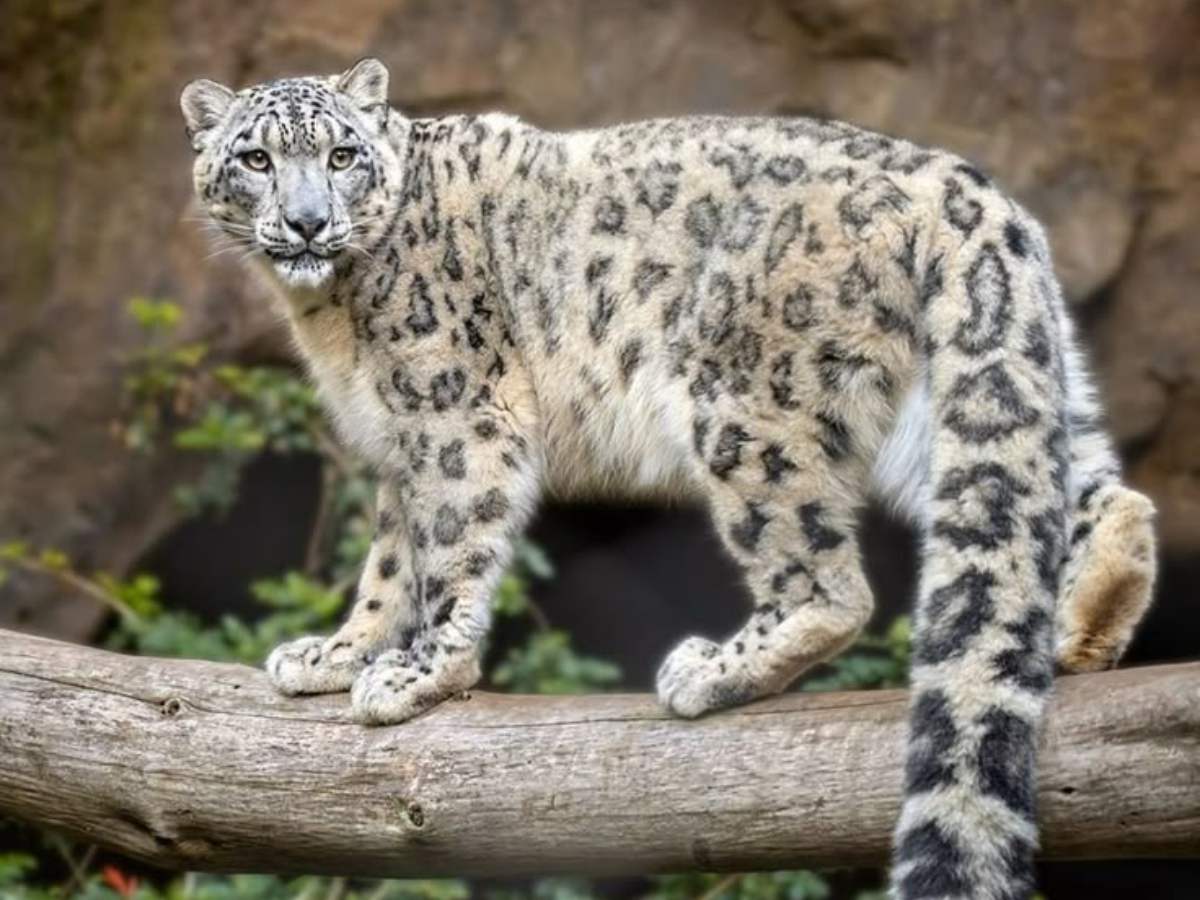Feels Like A Fairytale: 7 Breathtaking Plants And Animals Found Only In Shimla
Shimla stands as the capital city of Himachal Pradesh located within the Himalayas’ embrace and it becomes famous through its combination of natural beauty and colonial ambiance and moderate weather conditions. Shimla preserves diverse forms of wildlife together with unique plants found exclusively within this geographical location. The position between the Himalayas and multiple ecological zones has created an area with high numbers of species found only in this region. This text provides seven essential points regarding the unique floral and fauna species that occur specifically in the Shimla region.
1. Deodar Trees
The Deodar tree (Cedrus deodara) ranks as the signature tree species which naturally grows throughout the Shimla region. Local residents call this magnificent coniferous species “Devdar” which stands as a divine symbol of Himalayan timber growth. The trees grow best between elevations of 1,500 to 3,200 meters where they support the ecological equilibrium of the regional environment. Through their protective cover of Deodar forests wildlife unites with the trees to conserve the water cycle and safeguard the land from soil depletion. These trees face imminent threat because urbanization together with deforestation continues to reduce their numbers which makes conservation activities essential to protect them.
2. Himalayan Monal

Himachal Pradesh chose the Himalayan Monal (Lophophorus impejanus) or Impeyan Pheasant as its state bird to represent the diverse birdlife across Shimla territory. The male Monal reveals its iridescent colors featuring green, blue, copper combinations whereas the female uses muted colors for survival purposes. This bird species can be found in forests and alpine meadows that extend from 2,100 meters up to 4,500 meters in elevation. Monals need strong protective measures to survive because poaching combined with habitat reduction puts their existence at risk.
3. Blue Poppy
The Blue Poppy (Meconopsis aculeata) exists as an exceptionally beautiful and elusive plant which grows in the mountainous regions that extend from Shimla. During snowmelt you can observe the summer-flowering plant which displays remarkable blue petals against the mountainous background. The Blue Poppy needs to grow above an altitude of 3,500 meters while depending on precise climatic requirements for survival. Bothered by the artistic allure and scarce nature of this plant both botanists and nature fans express keen interest toward it. Climate change threatens the ongoing existence of the plant population.
4. Western Tragopan

Among the bird species unique to Shimla stands the Western Tragopan (Tragopan melanocephalus). Scientists list the “King of Birds” or “Jujurana” pheasant as vulnerable on the IUCN Red List because of its natural name meaning “crowned leader”. The red-colored facial skin combined with black head and dotted feathers indicate sexual maturity in males whereas females remain less visible in appearance. Western Tragopans make their home in the high-altitude forests consisting of oaks and rhododendrons that stretch from 2,400 to 3,600 meters high. Protection measures at the Great Himalayan National Park near Shimla along with other designated areas actively work to defend their decreasing numbers.
5. Rhododendrons
Rhododendrons are fundamental elements of the Shimla environment because the area hosts Rhododendron arboreum and Rhododendron campanulatum species among others. During spring the hills become ornamented by pink, red and white floral displays of rhododendron shrubs. The animal species find Rhododendron forests essential for habitat while these forests enhance the region’s biodiversity. The valuable ecosystems are endangered by uncontrolled logging activities and land-use modifications yet require sustainable management to protect them.
6. Snow Leopard exists as an enigmatic creature which inhabits the mountainous region.

Even though it is an extremely rare occurrence in the higher regions of Shimla district the Snow Leopard (Panthera uncia) makes occasional appearances. Natural selection has completely prepared this secretive cat species for living amid the challenging mountain landscape through its dense coat combined with large feet and long tail meant for improved balance. These cats mainly feed on ibex and blue sheep yet continue to struggle because humans occupy their habitats while their population suffers decline. Local area conservation projects together with patrolling teams in protected zones serve to safeguard these species.
7. Brahma Kamal
According to Hindu beliefs Brahma Kamal (Saussurea obvallata) stands as both a mystical and scarce flower with religious value. Every year during the monsoon season the Brahma Kamal appears at its natural location where people consider it to carry spiritual importance. The nocturnal Brahma Kamal flower grows above 4000 meters in height and releases faint scents that local people associate with spiritual purity and divine nature. Because of its restricted existence together with slow pace of reproduction the Brahma Kamal faces extreme vulnerability to environmental destruction along with destructive harvesting. The ethereal species needs both public awareness initiatives and legal safeguards to safeguard its survival.
Conclusion
The combination of unique geographical features and diverse ecosystems in Shimla Protects a collection of uncommon natural species that only exist in this specific location. The varieties of life which exist in the region including substantial Deodar trees alongside colorful Himalayan Monals as well as vulnerable Blue Poppy and secretive Snow Leopards make up a biodiverse habitat that is tremendously beautiful but also extremely sensitive. These species add immense value to ecological wealth yet they endure multiple perils from human use and climate change effects. Survival of these species depends on immediate combined conservation efforts with strict regulations together with strong public awareness campaigns. The preservation of these natural wonders guarantees both heritage protection for Shimla and the establishment of sustainable human-nature coexistent environments.
News